Cellular Respiration
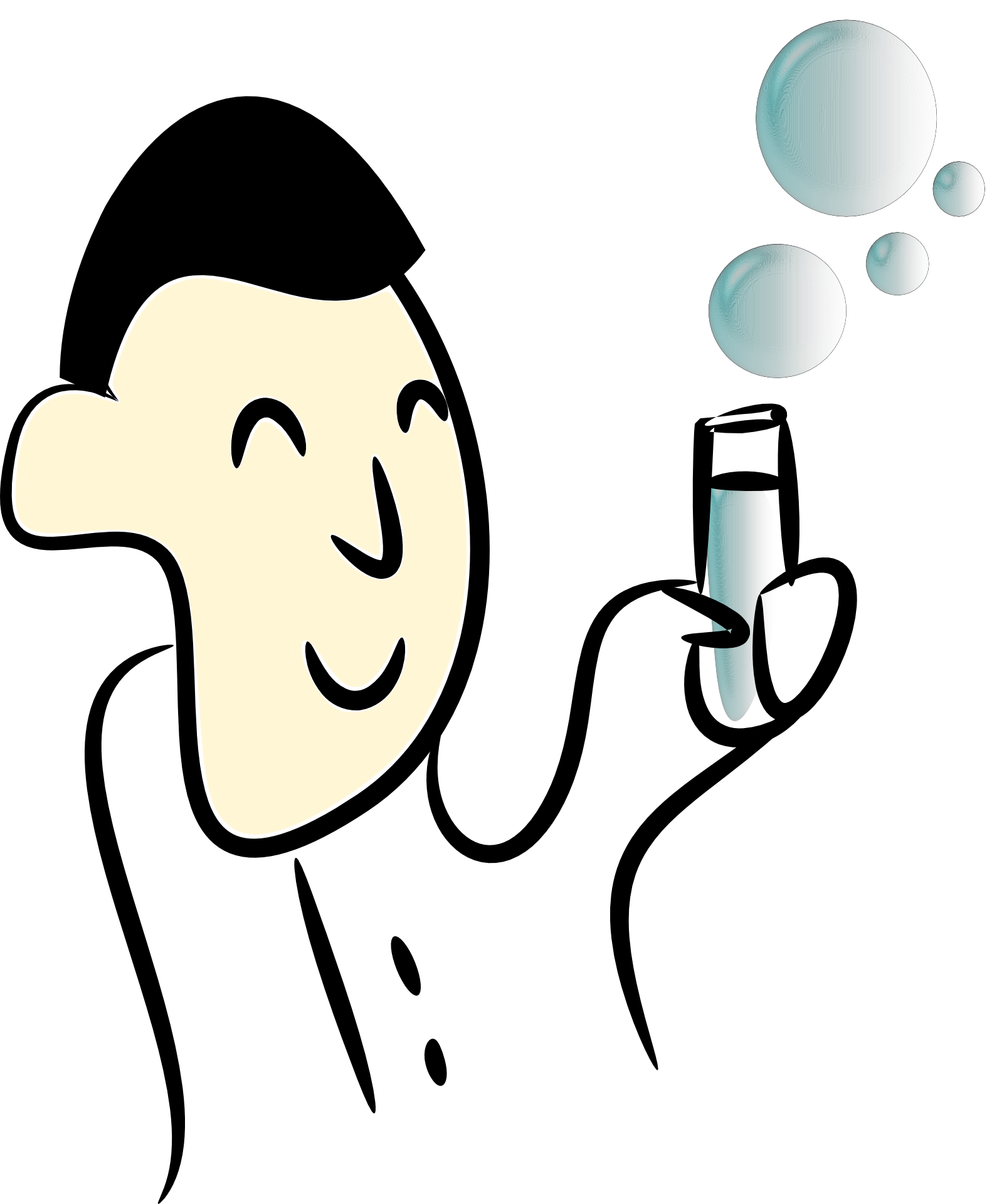

A chemical process in which nutrients are broken down to produce usable energy. The products include energy, carbon dioxide and moisture/water. The water and carbon dioxide, which are by-products of cellular respiration are the raw materials used for photosynthesis. The by-products of photosynthesis (oxygen) is the main ingredient in cellular respiration, therefore the two systems feed each other. The main engine of cellular respiration is the Mitochondria. The main fuel is glucose.
There are two types of cellular respiration, Aerobic (utilizes oxygen) and anaerobic (does not utilize oxygen.).
The important product of cellular respiration is ATP (Adenosine Triphosphate). ATP is the most important form of chemical energy used to power many biological processes in the body including muscle contraction (movement), thermoregulation, immune responses etc.
The entire cellular respiration process can be subdivided into three phases, Glycolysis, The Krebs cycle and the Electron Transport Chain.
Glycolysis is a series of enzymatically catalyzed reactions that occur in the cytoplasm. It breaks down glucose into two molecules called Pyruvate releasing a net of 2 molecules of ATP and two molecules of NADH. Glycolysis does not require oxygen to be completed.
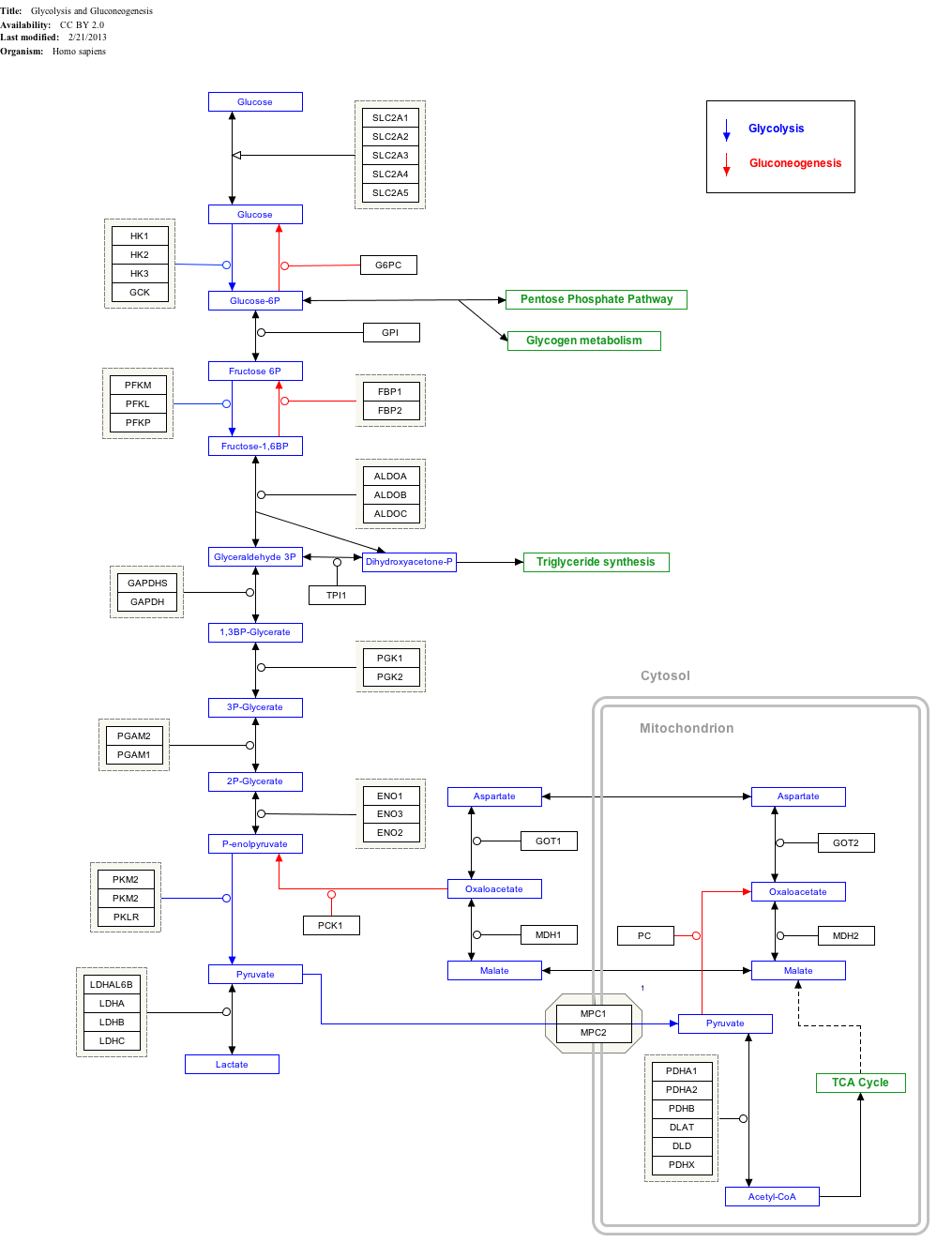
An illustration of glycolysis and the Krebs cycle. (Source: Wikipedia, CC BY-SA 3.0)
Also called the Tricarboxylic (TCA) cycle, or the Citric Acid cycle. During this cycle, pyruvate is totally broken down to produce carbon dioxide. The process requires oxygen and produces net of 2 ATP molecules.
Pyruvate, the product of glycolysis is moved across the mitochondrial membrane. As it crosses the membrane, it is reduced, one carbon dioxide molecule is released, NAD is converted to NADH, and there is addition of a CoA molecule to result in Acetyl CoA. Acetyl CoA reacts with Oxaloacetate to form Citrate. Citrate undergoes several enzymatic steps eventually resulting in the formation of Oxaloacetate again, which goes through the cycle.
The main products of the Krebs cycle are ATP, Carbon dioxide, NADH and FADH2.
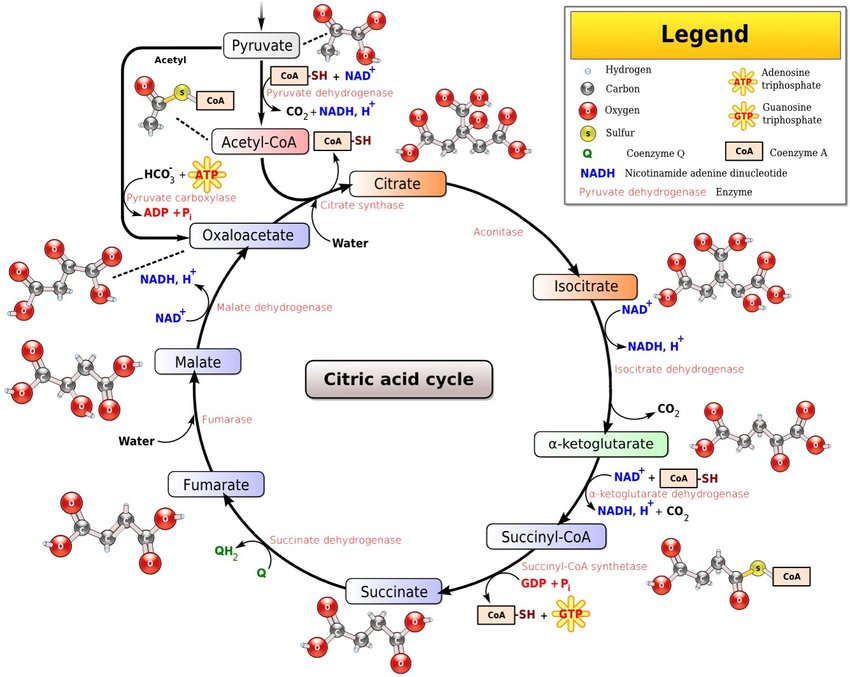
An illustration of Krebs cycle. (Source: Wikipedia, CC BY-SA 3.0)
In a reaction that resembles the light dependent reaction in photosynthesis, NADH and FADH2 move to the inner mitochondrial membrane. Here they cause excitation of electrons increasing the energy state. The electrons are then transported through a series of electron acceptors, which are complexes including the cytochrome proteins. The transfer of electrons between electron donors and acceptors results in the movement of Hydrogen ions (protons) outside the matrix to the mitochondrial intermembrane space. The main effect of the electron transport chain is therefore to create the proton gradient, where the intermembrane space has a higher concentration of Hydrogen ions than the mitochondrial matrix. The ultimate electron acceptor is Oxygen (O2), to produce water.
NADH creates greater excitation of electrons than FADH2 resulting in the movement of 3 and 2 hydrogen molecules respectively. Therefore, NADH produces more ATP than FADH2.
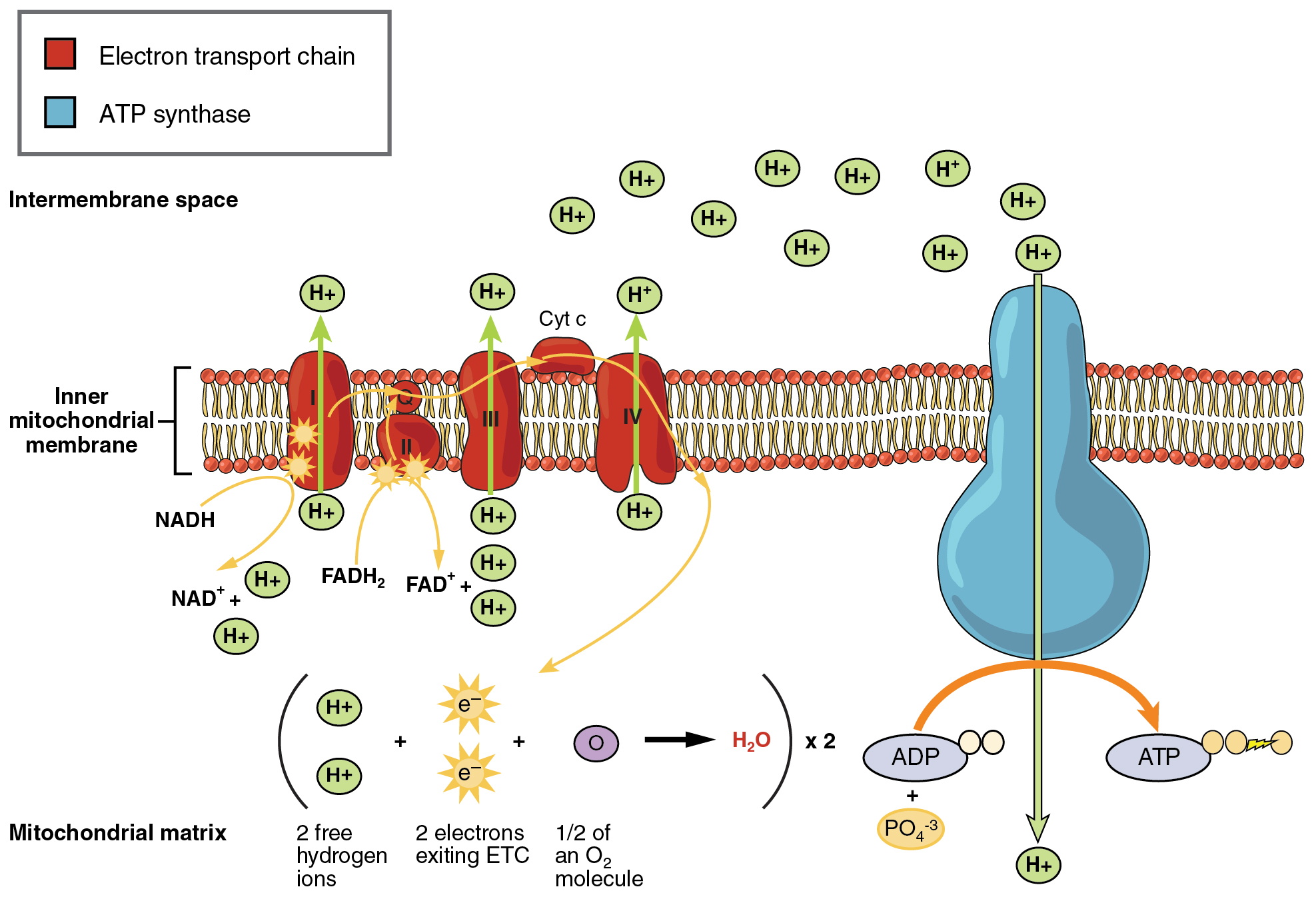
An illustration of the electron transport chain. (Source: Wikipedia, CC BY-SA 3.0)
Hydrogen ions (Protons) in the mitochondrial intermembrane space re-enter the mitochondria through the ATP Synthase protein channels. As the protons move through the channels, the energy released causes the rotor and rod of the ATP synthase to rotate. The mechanical energy from this rotation is converted into chemical energy as phosphate is added to ADP to form ATP.
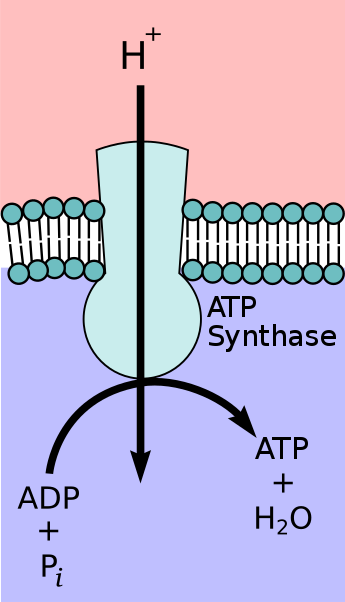
An illustration of the ATP Synthase enzyme. (Source: Wikipedia, CC BY-SA 3.0)
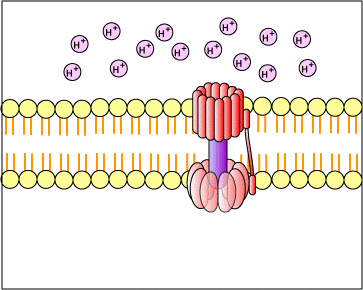
An illustration of oxidative phosphorylation at the ATP Synthase enzyme. (Source: Wikipedia, CC BY-SA 3.0)
Glycolysis results in a net of 2 ATP molecules. During the preparatory phase, 2 ATP molecules are used for phosphorylation of glucose and fructose 6-phosphate. However, during the Glycolysis pay-off phase, 4 ATP molecules are produced by Substrate-level phosphorylation. The glycolysis pay-off phase also produces 2 NADH molecules which are transported across the mitochondrial membrane into to be used in oxidative phosphorylation. These 2 NADH molecules result in 3 or 5 ATP molecules because each NADH produces net 1.5 ATP (instead of usual 2.5) due to the energy used to transport NADH over the mitochondrial membrane.
During the initial step after the formation of pyruvate, the oxidative decarboxylation of pyruvate results in the formation of 2 NADH molecules, which result in 5 ATP molecules during Oxidative phosphorylation.
The Krebs cycle produces, 2 ATP molecules are produced directly through substrate-level phosphorylation of ADP to ATP. In addition, the Krebs cycle results in 6 NADH and 2 FADH2 molecules.
Each NADH molecule results in 2.5 ATP molecules, and each FADH2 molecule results in 1.5 ATP molecules during the oxidative phosphorylation process. This means 15 and 3 ATP molecules are produced.
The Total yield from complete oxidation of glucose from glycolysis to oxidative phosphorylation is 30 or 32 ATP.
In summary, per molecule of glucose
Pyruvate is poisonous and must be converted into a safer form by the body. In animals, pyruvate is converted to lactic acid, which has been associated with muscle cramps during intense exercise. This process is called Lactic Acid Fermentation. In bacteria and yeasts, pyruvate is converted into Ethanol and CO2. This is called Alcohol Fermentation and is responsible for the brewing process.
In both cases, fermentation results in the regeneration of NAD+ from NADH, which is useful in the pay-off stage of glycolysis. The carbon dioxide produced through ethanol fermentation of wheat (starch) by yeast is responsible for bread rising. Heating expands the carbon dioxide resulting in larger air spaces.
Download a pdf copy of Unit 5 - Photosynthesis and C Respiration for offline use.
C$0.99
You can access Tensai High School Biology revision questions HERE